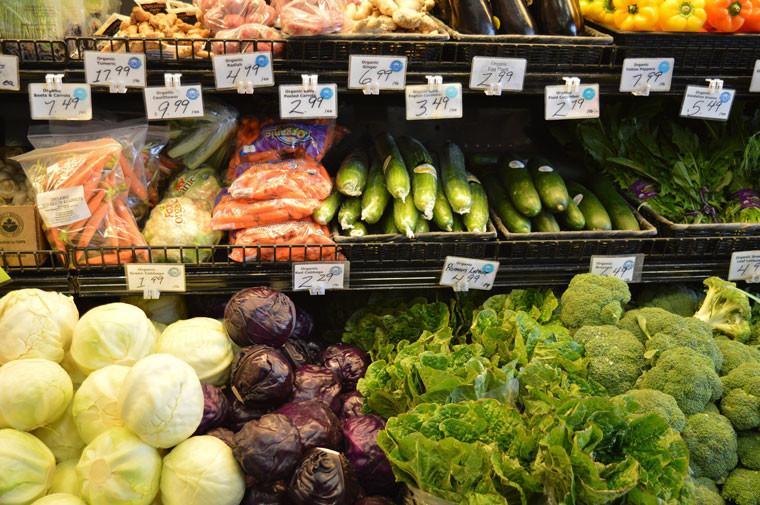News
The Silent Health Threat Hiding In Your Produce


So you've decided to get on a health kick and are loading up your shopping cart with fresh produce like there is no tomorrow - we've all been there. And kudos to you - that's a great first step towards a healthier life! However, once your body has got accustomed to having salad and veggies and fruit for literally every meal, I'd suggest you to expand your knowledge of what's healthy, and base your purchase decisions not only on the potential nutritional benefits and flavor, but also on how that food has been grown.
Let's take lettuce as an example. The list of its health benefits is long: it has impressive nutritional value, anti-inflammatory and antioxidant properties, it protects your brain cells, it lowers cholesterol levels, controls anxiety and induces sleep. However, there's one health threat hidden in your produce that oddly hasn't been as hot of a hot topic as pesticides and GMOs. Consuming lettuce (or any other food for that matter) that hasn't been properly grown and cared for can have a health risk which is quite difficult to detect - high content of nitrates.

Nitrates are a natural component in our food and are relatively non-toxic by themselves, but their metabolites and reaction products in your body have raised concern due to implications of adverse health effects. They are naturally occurring constituents of vegetables and fruits, essential for plant growth, and are present in our food anyways, but the amount we ingest daily is what matters: While in small doses, nitrates can actually provide numerous health benefits, the amounts a lot of supermarket-sold produce contains may be harmful for our health. Ingesting too much nitrates can cause digestive problems, anemic-like disorders, cancer, and others.
Plants contain higher concentrations of nitrates mainly if the growing medium contains too much fertilizers and the unused part of it is accumulated in the plant. The “healthy” maximum nitrate content allowed in fresh lettuce is considered from 2500 to 4500 mg per kg (it varies considerably, depending on the season and the cultivation method), while the nitrate content in store-bought produce tends to be higher than that.

After learning this, I obviously wanted to find out the nitrate content in the produce I myself grow and consume with my child, so I sent my Wall Farm lettuce to a laboratory for testing, together with a fresh bagged lettuce available in any supermarket that is grown in intensive farming systems. To my relief, my Click & Grow lettuce turned out to contain 8(!!) times less nitrate than the one grown in hydroponics, and the nitrate level was 46 times lower than the limit recognised by FAO and WHO. How? After further investigation, it turned out that the reason for this result was the combination of careful plant cultivar selection and well balanced Smart Soil properties: The Smart Soil contains and releases just the right amount of fertilizers as needed according to the plant growth cycle - not more, not less.
Knowing the ins and outs of growing lettuce with different technologies and reading these test results, I was left with a question: Why isn't the food production industry taking measures to grow a healthier product that actually does not harm us? You might say that it's a matter of costs and convenience, but really - I don't think so. First of all, using too much fertilizer, which is one of the core reasons for high nitrate levels, is quite obviously more expensive than using the right amount of fertilizer. Second of all, the Smart Soil technology has been proven several times to be simpler and cheaper than the aforementioned hydroponics, and is incredibly easy to scale both for consumers and producers. The starting costs are lower, the maintenance is easier (to almost non-existent, if compared to other technologies), it reduces food waste, it reduces water waste etc.

Could it be that the only reason we're buying lettuce that's actually causing more health problems that it's solving, is that a newer and safer technology simply has not yet been introduced to the industry properly? If that's the case, we better speed up the development of our industrial farm concepts and prototypes.
Mirjam
Click & Grow Horticulturist
-------------------
Have any questions or anything to add to the story? Let us know in the comments below or raise a discussion on our community forum!